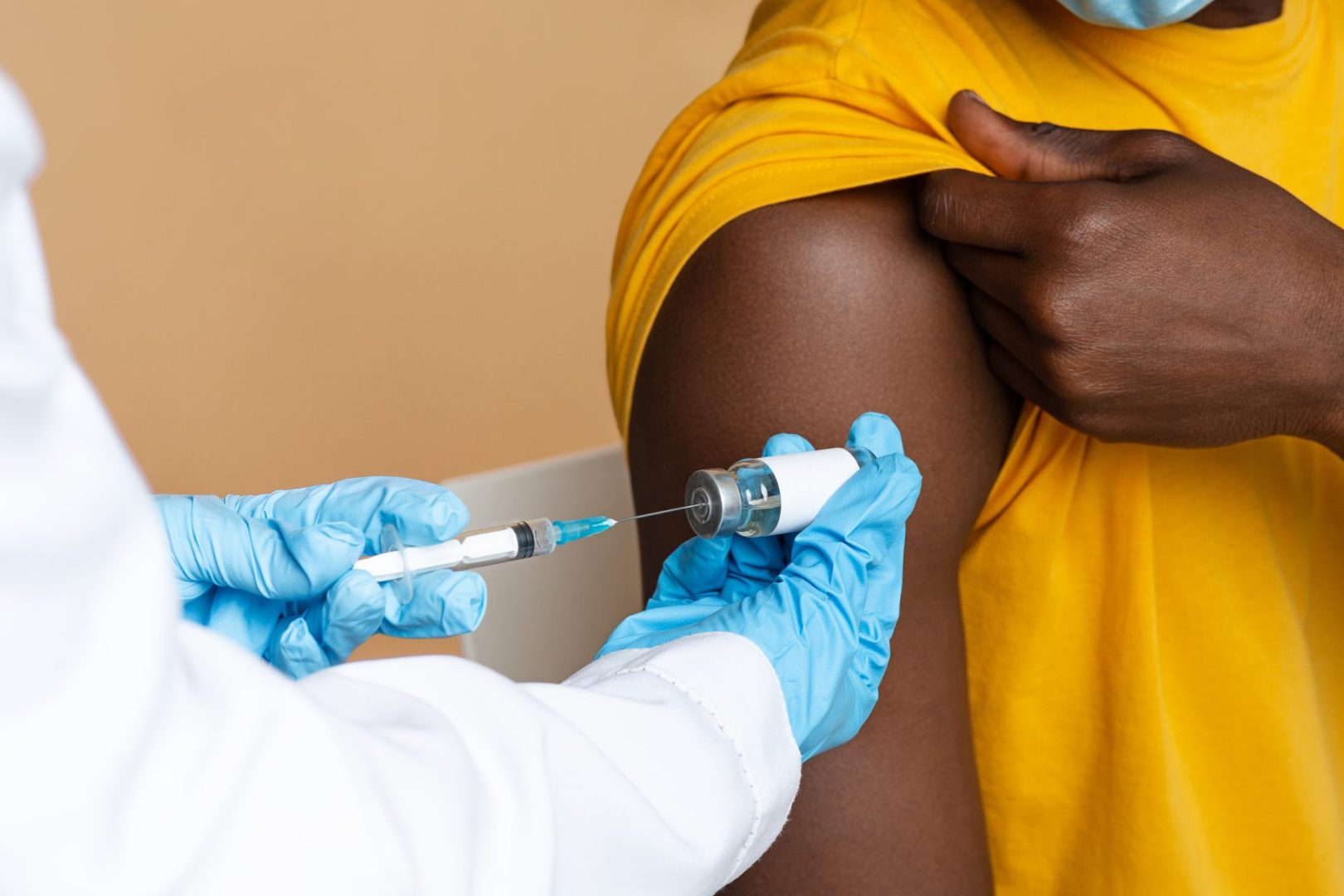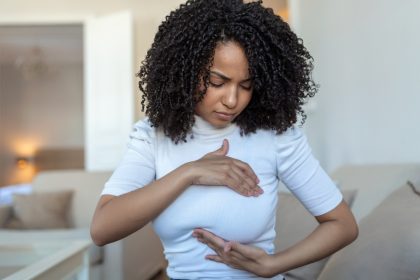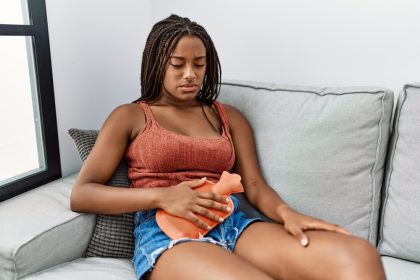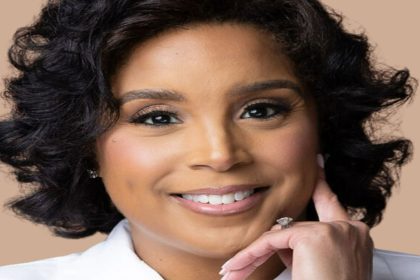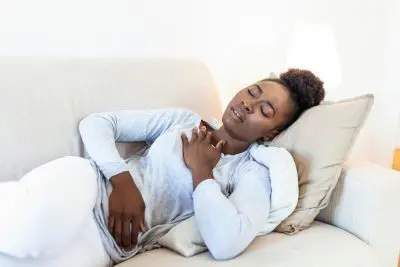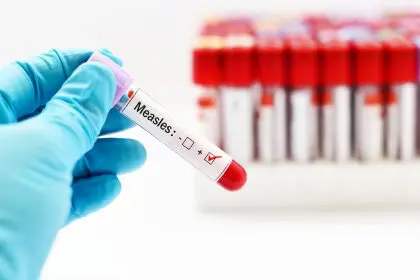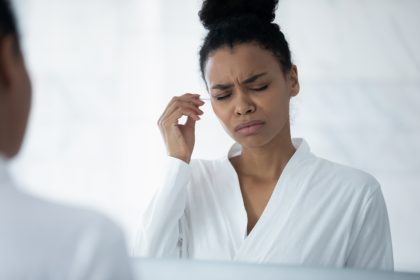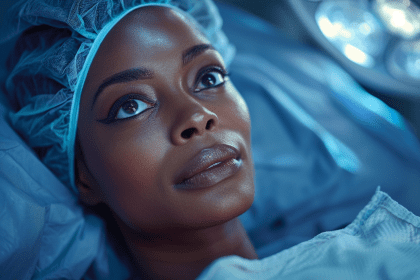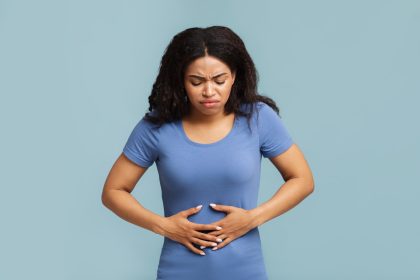You’d think that if someone offered you a shot that could prevent cancer, people would be lining up around the block. Yet here we are, living in a world where a perfectly good vaccine sits on pharmacy shelves while cervical cancer continues its unwelcome tour of destruction.
The human papillomavirus vaccine has been around for nearly two decades, and it’s proven more effective at preventing cancer than your morning green juice is at making you immortal. So why are vaccination rates still making public health officials pull their hair out?
The numbers game nobody wants to play
Let’s talk facts without the medical jargon that makes your eyes glaze over. Cervical cancer affects about 13,000 women in the United States every year, and roughly 4,000 of those women die from it. That’s like losing an entire small town annually to something we can actually prevent.
Meanwhile, HPV vaccination rates hover around 60 percent for adolescents who’ve received the full series. That might sound decent until you realize we’re talking about preventing cancer here, not choosing between pizza toppings.
The vaccine works by teaching your immune system to recognize and fight off the types of HPV most likely to cause cervical cancer. Think of it as giving your body a wanted poster for the bad guys before they show up to the party uninvited.
Why the hesitation when lives are at stake
People skip this vaccine for reasons that range from understandable to frankly baffling. Some parents worry about giving their kids a vaccine related to a sexually transmitted infection, as if getting vaccinated somehow encourages risky behavior. Spoiler alert: it doesn’t work that way.
Others fall into the rabbit hole of vaccine misinformation that spreads faster than gossip at a high school reunion. Social media has made everyone an overnight epidemiologist, and suddenly your neighbor’s Facebook post carries more weight than decades of medical research.
Then there’s the timing issue. The vaccine works best when given before exposure to HPV, which means talking to preteens about something related to sexual health. Many families find this conversation more uncomfortable than watching a romantic movie with their parents.
The protection that actually works
Here’s what makes the HPV vaccine different from your typical health trend: it actually delivers on its promises. Clinical trials and real-world data show it prevents the types of HPV responsible for about 90 percent of cervical cancers.
Countries with high vaccination rates have seen dramatic drops in cervical cancer cases among young women. Australia, which achieved vaccination rates above 80 percent, is on track to potentially eliminate cervical cancer as a public health problem within decades.
The vaccine also protects against other HPV-related cancers affecting the vulva, vagina, penis, anus, and throat. It’s like getting a comprehensive security system for your body instead of just a doorbell camera.
Timing matters more than you think
The vaccine works best when given between ages 9 and 12, before most people become sexually active. This isn’t about rushing anyone into anything. It’s about biology and how vaccines work most effectively.
Your immune system responds more robustly to vaccines during childhood and adolescence. Plus, the vaccine prevents infection rather than treating existing HPV, so getting it before potential exposure makes perfect sense.
Adults can still benefit from the vaccine up to age 45, though the protection may be less comprehensive if they’ve already been exposed to some HPV types. It’s like installing a security system after you’ve already been robbed – still helpful, but not as effective as being proactive.
Separating myths from medical reality
Let’s address the elephant in the room: safety concerns. Some people worry about side effects, often based on stories that spread through social media rather than medical evidence. The most common side effects are the same as any other vaccine: temporary pain at the injection site, mild fever, or feeling tired.
Serious adverse reactions are extremely rare, and extensive monitoring has found no evidence linking the vaccine to the dramatic health problems sometimes claimed online. The risk of serious complications from the vaccine is far lower than the risk of developing cancer from HPV infection.
Another persistent myth suggests that getting vaccinated means you can skip regular cervical cancer screening. That’s like thinking a seatbelt means you don’t need to pay attention while driving. The vaccine prevents most, but not all, cervical cancers, so regular Pap tests remain important.
Making the decision easier
If you’re on the fence about HPV vaccination, consider this: we’re talking about preventing cancer with a safe, effective vaccine. The decision becomes clearer when you frame it as choosing between a brief moment of discomfort and potentially facing a cancer diagnosis years later.
Talk to your healthcare provider about your specific situation. They can provide personalized advice based on your age, health history, and risk factors. Don’t rely on internet forums or social media for medical advice. That’s like using a Magic 8-Ball to plan your retirement.
The bigger picture beyond individual choice
HPV vaccination isn’t just about individual protection. Higher vaccination rates create community immunity, protecting people who can’t be vaccinated due to medical conditions. When we increase vaccination rates, we move closer to eliminating cervical cancer as a major health threat.
Some countries have made remarkable progress by implementing comprehensive vaccination programs and addressing barriers to access. Success stories from around the world show what’s possible when vaccination becomes a public health priority rather than an individual afterthought.
The choice to get vaccinated against HPV might seem like a small decision, but its impact ripples through families and communities for generations. In a world full of health problems we can’t prevent, cervical cancer doesn’t have to be one of them.
Your future self, and potentially your children’s future selves, will thank you for making the smart choice when it comes to cancer prevention. Sometimes the most important decisions are also the simplest ones.

